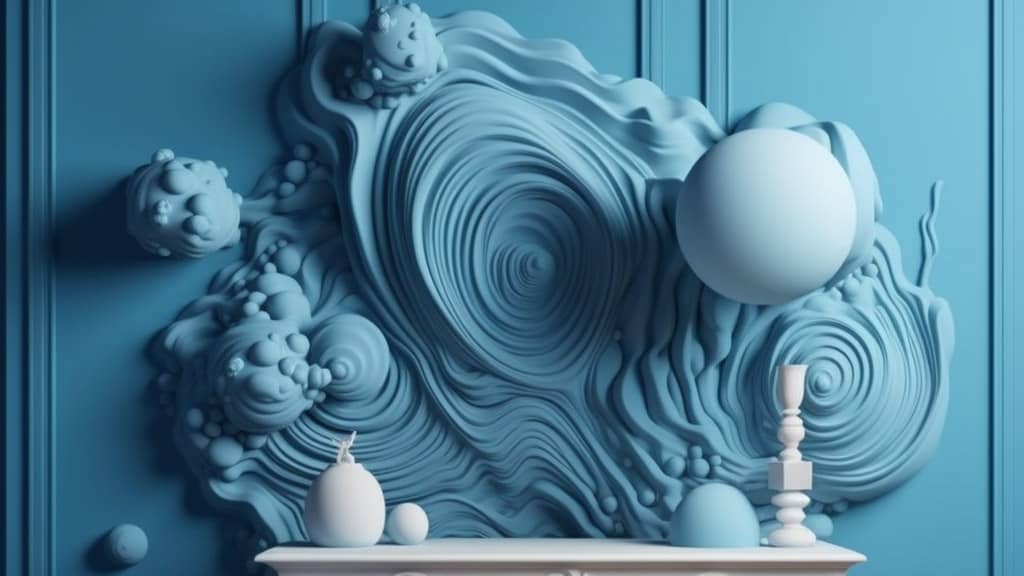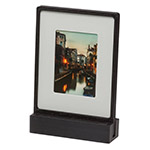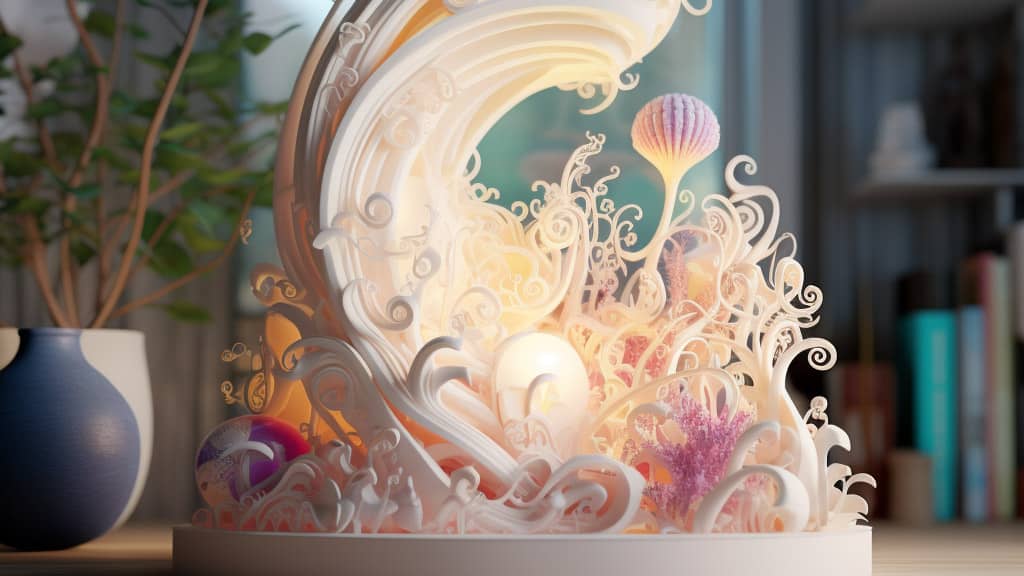Introduction
Every so often, an innovation comes along that disrupts established norms and forges a new path forward. In the realm of interior design, one such game-changing innovation is the advent of 3D printing technology. This groundbreaking approach transcends the traditional constraints of design and fabrication, allowing for the creation of unique, customized pieces of home decor. As 3D printing continues to evolve and become more accessible, it’s poised to fundamentally reshape the future of interior design. It brings new possibilities for customization, accessibility, and, crucially, sustainability to the forefront of home design considerations. This article delves into this intriguing world, exploring the transformative impact of 3D printing on the interior design landscape.
Exploring the 3D Revolution in Interior Design
3D printing, also known as additive manufacturing, has been gradually making its way into the mainstream since its inception. Initially used primarily for prototyping in industrial settings, 3D printing has expanded into a diverse array of applications, not least of which is home decor. The technology has unleashed an unprecedented level of creativity and innovation within the interior design industry. It allows for the creation of decor items that are not only visually stunning but also highly functional and tailored to individual preferences.
Whether it’s intricate wall art, one-of-a-kind light fixtures, or bespoke furniture pieces, 3D printing enables designers and homeowners alike to bring their unique visions to life. The technology also allows for an unparalleled degree of precision, meaning designs can be executed with a level of detail and complexity that would be near-impossible with traditional manufacturing methods.
The Green Future: Sustainable 3D Printed Home Decor
In a world where sustainability is increasingly paramount, the adoption of 3D printing in interior design also signals a significant step towards a more eco-friendly industry. Traditional manufacturing processes often involve the wasteful use of materials and energy. In contrast, 3D printing is an additive process that uses only the exact amount of material needed, dramatically reducing waste. Furthermore, many 3D printers can use recycled materials, further enhancing their sustainability credentials.
These eco-friendly aspects are making 3D printed home decor a popular choice among environmentally conscious consumers. More and more people are seeking to minimize their environmental footprint, and integrating 3D printed decor into their homes is a way of aligning their living spaces with their values. This intersection of aesthetics, functionality, and sustainability is a defining characteristic of the future of interior design.
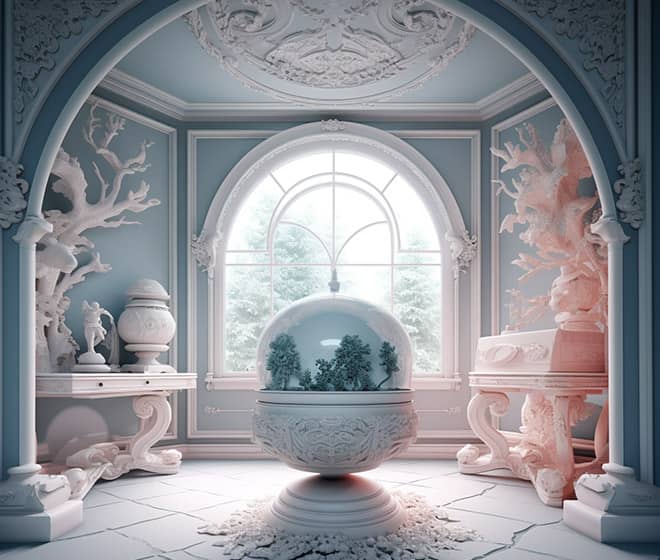
The Future is Custom: Personalizing Space with 3D Printing in Home Design
Perhaps the most exciting prospect of integrating 3D printing into interior design is the potential for unprecedented customization. As technology becomes more advanced and accessible, we’re moving towards a future where anyone can design and create bespoke decor pieces right from their homes. This shift could democratize interior design, enabling individuals to express their personal style and creativity in a way that was previously accessible only to professional designers.
Furthermore, this trend towards customization extends beyond aesthetics. It’s also about creating spaces that cater to individual needs and improve the quality of life. For instance, 3D printing can be used to create furniture that is ergonomically designed to support specific body types or health conditions. This level of personalization goes beyond what can be achieved through traditional design methods, making our living spaces more inclusive and adaptable than ever before.
As we look towards the future, it’s clear that 3D printed home decor will play a significant role in shaping the interior design landscape. This innovative technology is more than just a trend; it represents a shift in how we conceive and create our living spaces. It brings together the spheres of art, design, technology, and sustainability in a way that is both inspiring and revolutionary. This intersection of aesthetics and function, individuality and inclusivity, creativity and sustainability is what makes 3D printed home decor a beacon for the future of interior design.
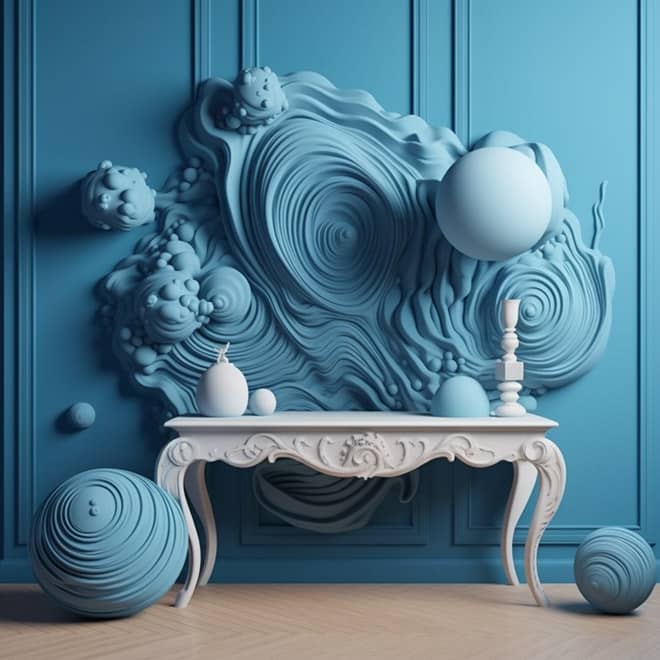
Conclusion
With its promise of customization, 3D printing technology ushers in a new era of personal expression and creative possibility. It gives homeowners the freedom to manifest their visions, weaving their unique narratives into the fabric of their living spaces. In this context, each home becomes a canvas for individuality, a testament to the occupant’s style, values, and aspirations.
Moreover, 3D printing has the potential to democratize interior design, making it more accessible to a wider array of people. With the lowering cost of 3D printers and the increasing availability of design software, creating personalized home decor is becoming a reality for many. This accessibility not only amplifies individual creativity but also stimulates a more diverse and inclusive design landscape.
On the sustainability front, 3D printed home decor is a path towards a more eco-conscious interior design industry. As concerns about environmental impact grow, adopting manufacturing processes that prioritize resource efficiency and waste reduction is not just desirable—it’s essential. With 3D printing, we can create beautiful, functional items while minimizing our environmental footprint. This alignment of design with environmental stewardship is a powerful way to shape a more sustainable future.
In essence, 3D printed home decor represents a convergence of creativity, customization, accessibility, and sustainability. It’s a testament to how far we’ve come in our design journey and a hint of the exciting possibilities that lie ahead. As we stand on the brink of this new era in interior design, we can look forward to a future where our homes are not just spaces to live in, but expressions of who we are and what we stand for. And it all begins with the simple act of pressing ‘print’.
Sustainable Fashion Revolution: 3D Printing Meets Eco-friendly Materials
Revolutionizing Runways: The Business of 3D Printed Fashion and its Commercial Impact
